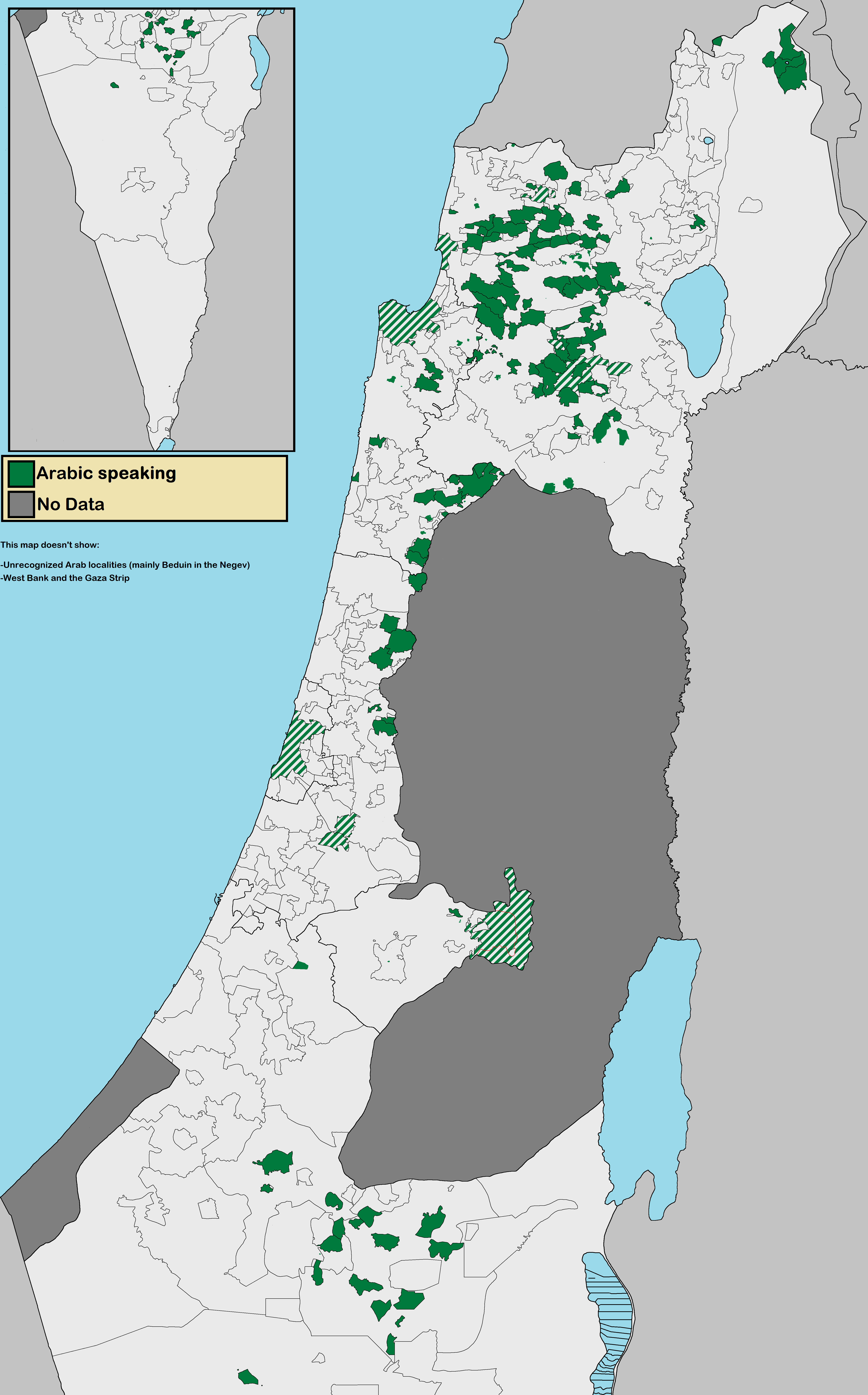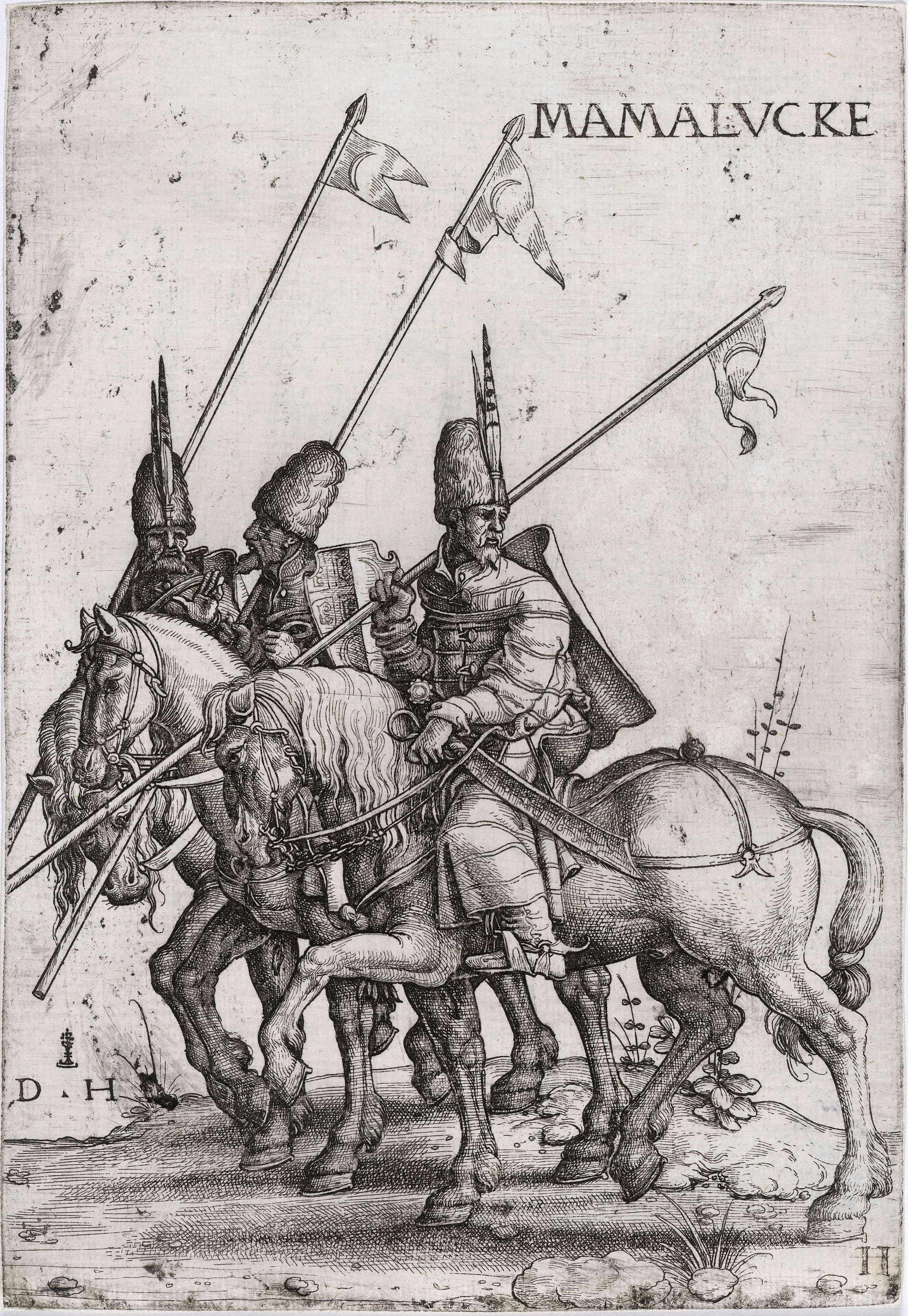|
Tur'an
Tur'an ( ar, طرعان, he, תֻּרְעָן) is a local council in the Northern District of Israel. It is located at the foot of Mount Tur'an and the Tur'an Valley, near the main road from Haifa to Tiberias, and about north of Nazareth. In it had a population of , most of whom are Israeli Arabs. History Iron Age Pottery and building remains from the Iron Age I have been excavated in the northwestern part of the village. Apparently Tur'an was at that time (10–9th centuries BCE) surrounded by a city wall. Apparently it was of a considerable size in the late tenth to the mid-ninth centuries BCE. The massive wall, (width c. 2.4 m), probably enclosed an area of about 25 dunams, and has frm pottery remains been dated to Iron Age IIA (ninth century BCE). The PEF's ''Survey of Western Palestine'' (SWP) found caves and rock-cut cisterns in the village, which they noted appeared to be an ancient site. Classical Antiquity and Middle Ages The village was known in the Roma ... [...More Info...] [...Related Items...] OR: [Wikipedia] [Google] [Baidu] |
Arab Citizens Of Israel
The Arab citizens of Israel are the Demographics of Israel#Arabs, largest ethnic minority in the country. They comprise a hybrid community of Israeli citizenship law, Israeli citizens with a heritage of Palestinian Citizenship Order 1925, Palestinian citizenship, mixed religions (Muslim, Christian or Druze), bilingual in Arabic and Hebrew, and with varying social identities. Self-identification as Palestinian citizens of Israel has sharpened in recent years, alongside distinct identities including Galilee Bedouin, Galilee and Negev Bedouin, the Druze in Israel, Druze people, and Christianity in Israel, Arab Christians and Islam in Israel, Arab Muslims who do not identify as Palestinians. In Arabic, commonly used terms to refer to Israel's Arab population include 48-Arab ( ar, عرب 48, Arab Thamaniya Wa-Arba'in, label=none) and 48-Palestinian (). Since the Nakba, the Palestinians that have remained within Green Line (Israel), Israel's 1948 borders have been colloquially known as ... [...More Info...] [...Related Items...] OR: [Wikipedia] [Google] [Baidu] |
Northern District (Israel)
The Northern District ( he, מחוז הצפון, ''Mekhoz HaTzafon''; ar, منطقة الشمال, ''Minṭaqat ash-Shamāl'') is one of Israel's six administrative districts. The Northern District has a land area of 4,478 km2, which increases to 4,638 km2 when both land and water are included. The district capital is Nof HaGalil and the largest city is Nazareth. The Golan Heights has been run as a sub-district of the North District of Israel since the 1981 Golan Heights Law was passed, although the claim is only recognized by the United States while United Nations Security Council Resolution 497 condemns the annexation but does not enforce it. The Golan Heights covers a land area of 1,154 km2 and the remainder of the Northern District covers 3,324 km2 (3,484 km2 including water). Demographics According to the Israeli Central Bureau of Statistics data for 2016: * Total population: 1,390,900 (2016) * Ethnic: ** Arabs: 746,600 (53.7%) ** Jews: 599,700 ... [...More Info...] [...Related Items...] OR: [Wikipedia] [Google] [Baidu] |
Local Council (Israel)
Local councils (Hebrew: plural: ''Mo'atzot Mekomiot'' / singular: ''Mo'atza Mekomit,'' Arabic: plural: مجالس محليّة ''Majalis Mahaleea /'' singular: مجلس محلّي ''Majlis Mahalee'') are one of the three types of local government found in Israel, the other two being cities and regional councils. There are 124 local councils in Israel. Local councils should not be confused with local committees, which are lower-level administrative entities. History Local council status is determined by passing a minimum threshold, enough to justify operations as independent municipal units, although not large enough to be declared a city. In general this applies to all settlements of over 2,000 people. The Israeli Interior Minister has the authority of deciding whether a locality is fit to become a municipal council (a city). The minister is then expected to listen to the wishes of the residents of the locality in question, who may wish the locality to remain a local council ... [...More Info...] [...Related Items...] OR: [Wikipedia] [Google] [Baidu] |
Mamluk
Mamluk ( ar, مملوك, mamlūk (singular), , ''mamālīk'' (plural), translated as "one who is owned", meaning "slave", also transliterated as ''Mameluke'', ''mamluq'', ''mamluke'', ''mameluk'', ''mameluke'', ''mamaluke'', or ''marmeluke'') is a term most commonly referring to non-Arab, ethnically diverse (mostly Southern Russian, Turkic, Caucasian, Eastern and Southeastern European) slave-soldiers and freed slaves who were assigned military and administrative duties, serving the ruling Arab dynasties in the Muslim world. The most enduring Mamluk realm was the knightly military class in Egypt in the Middle Ages, which developed from the ranks of slave-soldiers. Originally the Mamluks were slaves of Turkic origin from the Eurasian Steppe, but the institution of military slavery spread to include Circassians, Abkhazians, Georgians,"Relations of the Georgian Mamluks of Egypt with Their Homeland in the Last Decades of the Eighteenth Century". Daniel Crecelius and Gotch ... [...More Info...] [...Related Items...] OR: [Wikipedia] [Google] [Baidu] |
Talmud
The Talmud (; he, , Talmūḏ) is the central text of Rabbinic Judaism and the primary source of Jewish religious law ('' halakha'') and Jewish theology. Until the advent of modernity, in nearly all Jewish communities, the Talmud was the centerpiece of Jewish cultural life and was foundational to "all Jewish thought and aspirations", serving also as "the guide for the daily life" of Jews. The term ''Talmud'' normally refers to the collection of writings named specifically the Babylonian Talmud (), although there is also an earlier collection known as the Jerusalem Talmud (). It may also traditionally be called (), a Hebrew abbreviation of , or the "six orders" of the Mishnah. The Talmud has two components: the Mishnah (, 200 CE), a written compendium of the Oral Torah; and the Gemara (, 500 CE), an elucidation of the Mishnah and related Tannaitic writings that often ventures onto other subjects and expounds broadly on the Hebrew Bible. The term "Talmud" may refer to ... [...More Info...] [...Related Items...] OR: [Wikipedia] [Google] [Baidu] |
Jewish
Jews ( he, יְהוּדִים, , ) or Jewish people are an ethnoreligious group and nation originating from the Israelites Israelite origins and kingdom: "The first act in the long drama of Jewish history is the age of the Israelites""The people of the Kingdom of Israel and the ethnic and religious group known as the Jewish people that descended from them have been subjected to a number of forced migrations in their history" and Hebrews of historical History of ancient Israel and Judah, Israel and Judah. Jewish ethnicity, nationhood, and religion are strongly interrelated, "Historically, the religious and ethnic dimensions of Jewish identity have been closely interwoven. In fact, so closely bound are they, that the traditional Jewish lexicon hardly distinguishes between the two concepts. Jewish religious practice, by definition, was observed exclusively by the Jewish people, and notions of Jewish peoplehood, nation, and community were suffused with faith in the Jewish God, ... [...More Info...] [...Related Items...] OR: [Wikipedia] [Google] [Baidu] |
Mamluk Sultanate (Cairo)
The Mamluk Sultanate ( ar, سلطنة المماليك, translit=Salṭanat al-Mamālīk), also known as Mamluk Egypt or the Mamluk Empire, was a state that ruled Egypt, the Levant and the Hejaz (western Arabia) from the mid-13th to early 16th centuries. It was ruled by a military caste of mamluks (manumitted slave soldiers) headed by the sultan. The Abbasid caliphs were the nominal sovereigns. The sultanate was established with the overthrow of the Ayyubid dynasty in Egypt in 1250 and was conquered by the Ottoman Empire in 1517. Mamluk history is generally divided into the Turkic or Bahri period (1250–1382) and the Circassian or Burji period (1382–1517), called after the predominant ethnicity or corps of the ruling Mamluks during these respective eras.Levanoni 1995, p. 17. The first rulers of the sultanate hailed from the mamluk regiments of the Ayyubid sultan as-Salih Ayyub (), usurping power from his successor in 1250. The Mamluks under Sultan Qutuz and Baybars r ... [...More Info...] [...Related Items...] OR: [Wikipedia] [Google] [Baidu] |
Ottoman Empire
The Ottoman Empire, * ; is an archaic version. The definite article forms and were synonymous * and el, Оθωμανική Αυτοκρατορία, Othōmanikē Avtokratoria, label=none * info page on book at Martin Luther University) // CITED: p. 36 (PDF p. 38/338) also known as the Turkish Empire, was an empire that controlled much of Southeast Europe, Western Asia, and North Africa, Northern Africa between the 14th and early 20th centuries. It was founded at the end of the 13th century in northwestern Anatolia in the town of Söğüt (modern-day Bilecik Province) by the Turkoman (ethnonym), Turkoman tribal leader Osman I. After 1354, the Ottomans crossed into Europe and, with the Ottoman wars in Europe, conquest of the Balkans, the Ottoman Anatolian beyliks, beylik was transformed into a transcontinental empire. The Ottomans ended the Byzantine Empire with the Fall of Constantinople, conquest of Constantinople in 1453 by Mehmed the Conqueror. Under the reign of Sule ... [...More Info...] [...Related Items...] OR: [Wikipedia] [Google] [Baidu] |
Nahiya
A nāḥiyah ( ar, , plural ''nawāḥī'' ), also nahiya or nahia, is a regional or local type of administrative division that usually consists of a number of villages or sometimes smaller towns. In Tajikistan, it is a second-level division while in Syria, Iraq, Lebanon, Jordan, Xinjiang, and the former Ottoman Empire, where it was also called a '' bucak'', it is a third-level or lower division. It can constitute a division of a '' qadaa'', '' mintaqah'' or other such district-type of division and is sometimes translated as "subdistrict". Ottoman Empire The nahiye ( ota, ناحیه) was an administrative territorial entity of the Ottoman Empire, smaller than a . The head was a (governor) who was appointed by the Pasha. The was a subdivision of a Selçuk Akşin Somel. "Kazâ". ''The A to Z of the Ottoman Empire''. Volume 152 of A to Z Guides. Rowman & Littlefield, 2010. p. 151. and corresponded roughly to a city with its surrounding villages. s, in turn, were divided int ... [...More Info...] [...Related Items...] OR: [Wikipedia] [Google] [Baidu] |
Defter
A ''defter'' (plural: ''defterler'') was a type of tax register and land cadastre in the Ottoman Empire. Description The information collected could vary, but ''tahrir defterleri'' typically included details of villages, dwellings, household heads (adult males and widows), ethnicity/religion (because these could affect tax liabilities/exemptions), and land use. The defter-i hakâni was a land registry, also used for tax purposes. Each town had a defter and typically an officiator or someone in an administrative role to determine whether the information should be recorded. The officiator was usually some kind of learned man who had knowledge of state regulations. The defter was used to record family interactions such as marriage and inheritance. These records are useful for historians because such information allows for a more in-depth understanding of land ownership among Ottomans. This is particularly helpful when attempting to study the daily affairs of Ottoman citizens. ... [...More Info...] [...Related Items...] OR: [Wikipedia] [Google] [Baidu] |
Byzantine
The Byzantine Empire, also referred to as the Eastern Roman Empire or Byzantium, was the continuation of the Roman Empire primarily in its eastern provinces during Late Antiquity and the Middle Ages, when its capital city was Constantinople. It survived the fragmentation and fall of the Western Roman Empire in the 5th century AD and continued to exist for an additional thousand years until the fall of Constantinople to the Ottoman Empire in 1453. During most of its existence, the empire remained the most powerful economic, cultural, and military force in Europe. The terms "Byzantine Empire" and "Eastern Roman Empire" were coined after the end of the realm; its citizens continued to refer to their empire as the Roman Empire, and to themselves as Romans—a term which Greeks continued to use for themselves into Ottoman times. Although the Roman state continued and its traditions were maintained, modern historians prefer to differentiate the Byzantine Empire from Ancient R ... [...More Info...] [...Related Items...] OR: [Wikipedia] [Google] [Baidu] |



